Home>Garden Essentials>How To Maintain Vertical Garden
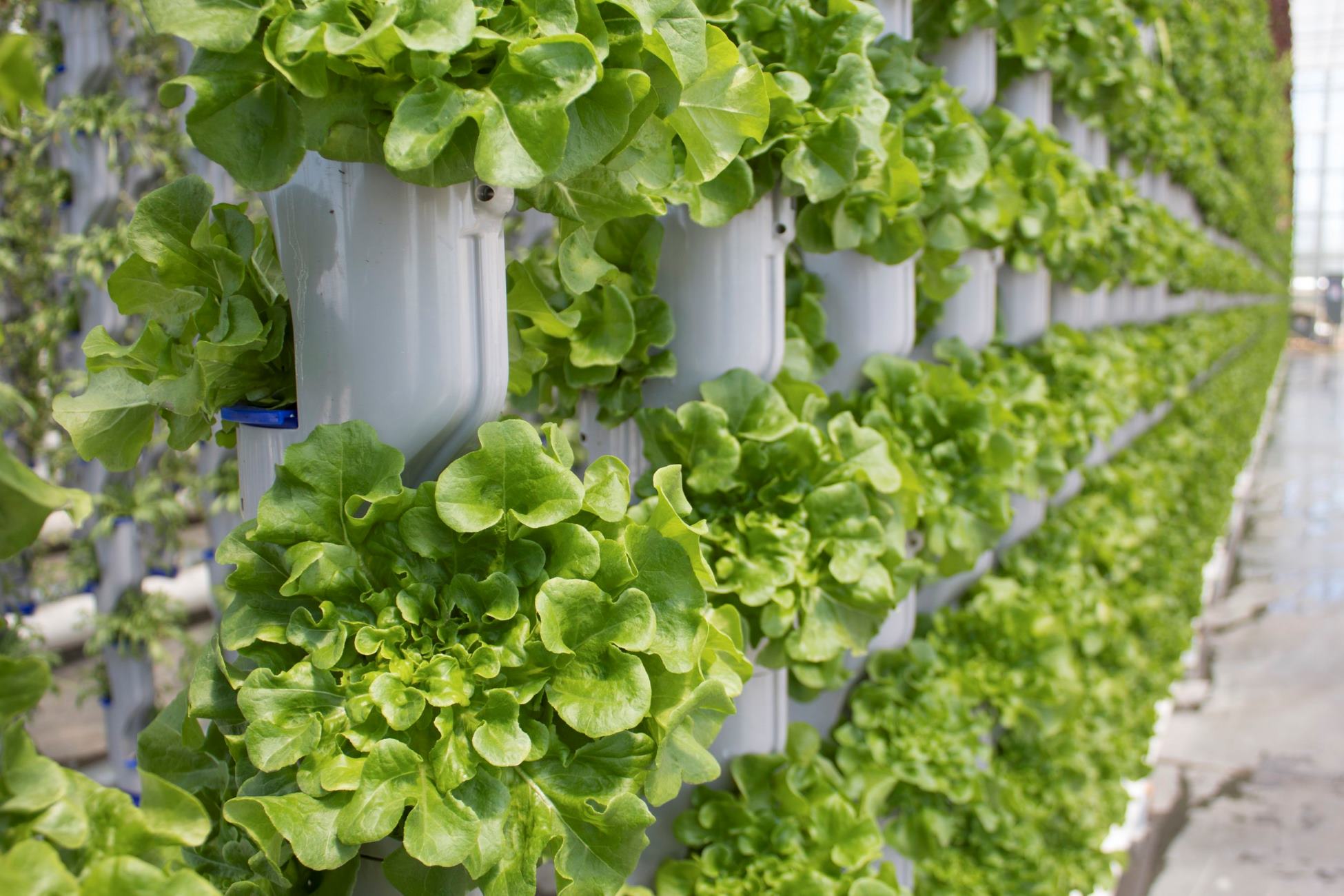

Garden Essentials
How To Maintain Vertical Garden
Modified: March 15, 2024
Discover effective tips and techniques for maintaining your vertical garden in this comprehensive guide. Keep your garden thriving and beautiful with our expert advice.
(Many of the links in this article redirect to a specific reviewed product. Your purchase of these products through affiliate links helps to generate commission for Storables.com, at no extra cost. Learn more)
Introduction
Welcome to the wonderful world of vertical gardening! Whether you have a small balcony or limited space in your backyard, vertical gardens offer a creative and efficient solution for enjoying the beauty of plants in a vertical space. Not only do they add a touch of greenery to your surroundings, but they also provide numerous benefits such as improved air quality, increased privacy, and the opportunity to grow your own herbs, fruits, and vegetables.
In this article, we will guide you through the process of creating and maintaining a successful vertical garden. You will learn valuable tips and techniques to select the right plants, choose an appropriate location, build the necessary structure, and provide proper care for your vertical garden. So, let’s dive in and discover the secrets to a thriving and beautiful vertical garden!
Key Takeaways:
- Choose plants like ivy and petunias for your vertical garden, and make sure they get enough sunlight. Group plants with similar watering needs together to make care easier.
- Keep your vertical garden healthy by providing proper sunlight and watering, fertilizing and pruning, and monitoring for pests and diseases. Regular maintenance is key to a thriving garden.
Selecting the Right Plants for a Vertical Garden
When it comes to choosing plants for your vertical garden, there are a few key factors to consider. First and foremost, you need to select plants that are well-suited for vertical growth. Look for varieties that have a trailing or cascading habit, as they will naturally thrive in a vertical setting. Some excellent choices include ivy, creeping thyme, trailing petunias, and sweet potato vine.
Additionally, it’s crucial to consider the amount of sunlight your vertical garden will receive. Take note of the sun exposure in the specific area where you plan to install your garden, and choose plants accordingly. Some plants, like succulents and cacti, prefer full sunlight, while others, such as ferns and hostas, thrive in partial shade. Be mindful of these light requirements to ensure your plants flourish.
Another aspect to consider when selecting plants is their individual watering needs. Some plants, like succulents, require infrequent watering, while others, like ferns, prefer consistently moist soil. It’s important to group plants with similar watering needs together to make it easier to provide proper care and prevent water-related issues in your vertical garden.
Finally, consider the overall aesthetic you want to achieve with your vertical garden. Mix and match plants with different textures, colors, and heights to create a visually appealing and dynamic display. Consider adding flowering plants for a splash of color, or herbs for a functional and aromatic touch.
With careful consideration and a little research, you can curate a beautiful selection of plants for your vertical garden that will thrive in its unique environment and enrich your outdoor or indoor space with natural beauty.
Choosing the Appropriate Location
When it comes to the success of your vertical garden, selecting the right location is crucial. The location determines the amount of sunlight your plants will receive, as well as the overall stability and functionality of your vertical garden structure.
First and foremost, consider the amount of sunlight the location receives throughout the day. Most plants require at least 6 hours of direct sunlight daily to thrive. Observe the area at different times of the day to assess the amount and quality of sunlight. Choose a spot that gets adequate sunlight for the types of plants you have selected, whether it’s full sun, partial shade, or full shade.
In addition to sunlight, consider other environmental factors such as wind exposure. Strong winds can damage delicate plants or destabilize your vertical garden structure. Look for a location that provides some protection from strong winds or consider adding windbreaks, such as trellises or fences, to shield your plants.
Furthermore, think about the accessibility of the location. Consider whether you can easily reach the vertical garden for watering, pruning, and maintenance. Accessibility is particularly important if you plan on growing edible plants and herbs that require regular harvesting. Make sure the location is convenient and easily accessible for you to enjoy and care for your vertical garden.
Lastly, evaluate the structural integrity of the area where you plan to install your vertical garden. Ensure that the wall or structure can support the weight of the plants and the garden structure itself. If needed, consult with a professional to assess the stability of the wall or structure and make any necessary modifications or reinforcements to ensure safety.
By carefully choosing an appropriate location for your vertical garden, you can create an environment where your plants can thrive and enjoy the benefits of sunlight, protection from strong winds, and ease of access for maintenance and care.
Building the Vertical Garden Structure
Once you have selected the right plants and chosen an appropriate location, it’s time to build your vertical garden structure. The structure provides the framework for your plants to grow vertically, ensuring stability and optimal display. Here are some key steps to follow in building your vertical garden:
1. Determine the type of structure: There are several options to choose from when it comes to vertical garden structures. You can use a pre-made vertical garden system, such as a modular panel or pocket planter, or you can create a DIY structure using materials like pallets, trellises, or even repurposed items like shoe organizers or gutters.
2. Prepare the wall or structure: Before installing the vertical garden, make sure the wall or structure is clean, stable, and free of any obstructions. Remove any debris, dirt, or loose paint and assess the condition of the surface. If needed, repair any damage or apply a fresh coat of paint or waterproofing to protect the wall or structure from moisture.
3. Install the vertical garden system: If you are using a pre-made system, follow the manufacturer’s instructions for installation. This may involve mounting the panels or planters securely to the wall or attaching them to a freestanding frame. If you are creating a DIY structure, assemble the materials and attach them securely together, ensuring they can hold the weight of the plants and soil.
4. Prepare the growing medium: Fill the vertical garden system with a suitable growing medium, such as potting soil or a specialized mix designed for vertical gardening. The growing medium should provide good drainage while retaining enough moisture for the plants to thrive. Fill the pockets or containers of the vertical garden system, leaving enough space for the roots of each plant.
5. Plant your selected plants: Carefully remove the plants from their pots or containers and gently loosen the roots. Insert each plant into the pockets or containers, firming the soil around the roots to secure them in place. Follow spacing recommendations specific to each plant, ensuring they have enough room to grow and spread.
6. Water and settle the plants: Give your newly planted vertical garden a thorough watering to help settle the plants into their new environment. Ensure that the water reaches all the plants and drains properly from the structure. Monitor the moisture levels in the following days and adjust watering as needed to keep the soil moist but not waterlogged.
By following these steps, you can create a sturdy and functional vertical garden structure that will support the growth of your plants and showcase their beauty in a vertical display.
Providing Adequate Sunlight and Watering
Sunlight and watering are two essential factors for the health and growth of your vertical garden. Properly managing these aspects will ensure that your plants receive the necessary nutrients and energy to thrive. Here’s how to provide adequate sunlight and watering for your vertical garden:
Sunlight:
Monitor the sunlight exposure in your vertical garden location and adjust the placement of your plants accordingly. Ensure that they receive the recommended amount of sunlight based on their specific requirements. If your garden is in a shady area, consider using plants that tolerate lower light levels. Conversely, if your garden is in a sunny spot, select plants that thrive in full sun.
Rotate your plants if necessary to avoid uneven growth due to one side receiving more sunlight than the other. This will ensure balanced development and prevent your plants from leaning or stretching towards the light source.
Watering:
Proper watering is crucial for the success of your vertical garden. While the specific watering needs may vary depending on the plant species, here are some general guidelines to follow:
- Monitor the moisture levels of the soil regularly. Stick your finger in the soil to check for dryness. If it feels dry up to your first knuckle, it’s time to water.
- Water your vertical garden thoroughly, ensuring that water reaches each pocket or container. Allow excess water to drain out to prevent waterlogging.
- Consider using a drip irrigation system or water reservoirs to maintain consistent moisture levels. These systems can automate the watering process and prevent overwatering or underwatering.
- Observe your plants closely for signs of dehydration, such as wilting leaves or dry soil. Adjust your watering frequency and amount accordingly.
- Take weather conditions into account. During hot and dry periods, your vertical garden may require more frequent watering. Conversely, reduce watering during cooler and rainy periods to avoid waterlogged soil.
Remember that each plant has unique watering needs, so be mindful of their individual requirements. Adjust your watering schedule and techniques as you gain insights into how your plants respond to different conditions.
By providing adequate sunlight and proper watering, you are setting the stage for a healthy and thriving vertical garden. Regular monitoring and adjustment will ensure that your plants receive the ideal conditions for growth and vitality.
Regularly check the irrigation system to ensure plants are getting enough water. Prune and trim plants as needed to maintain their shape and health. Keep an eye out for pests and diseases, and address them promptly.
Read also: 9 Incredible Vertical Indoor Garden For 2024
Fertilizing and Pruning the Plants
Fertilizing and pruning are essential practices for maintaining the health and beauty of your vertical garden. These activities help promote strong growth, provide essential nutrients, and maintain the desired shape and appearance of your plants. Here’s how to effectively fertilize and prune your vertical garden:
Fertilizing:
Regular fertilization is important to ensure that your plants receive the necessary nutrients for optimal growth. Here are some tips for fertilizing your vertical garden:
- Choose a balanced fertilizer that provides a mix of essential nutrients. Look for fertilizers labeled specifically for the type of plants you have in your vertical garden.
- Follow the instructions on the fertilizer packaging for application rates and frequency. Overfertilization can harm your plants, so it’s important to apply the correct amount.
- Apply fertilizer evenly to the soil or growing medium around the base of your plants. Avoid getting the fertilizer directly on the leaves as it can cause burn or damage.
- Consider using slow-release fertilizers that gradually release nutrients over time. These can provide a steady supply of nutrients to your plants, reducing the need for frequent fertilization.
- Monitor your plants for signs of nutrient deficiency or excess. Adjust your fertilization schedule or type of fertilizer if necessary.
Pruning:
Pruning is necessary to maintain the shape, size, and overall health of your vertical garden. It helps remove dead or diseased plant material, encourages bushier growth, and improves air circulation. Follow these guidelines for effective pruning:
- Regularly inspect your plants for any signs of damage, disease, or dead leaves. Prune these parts immediately to prevent the spread of diseases and to maintain the overall appearance of your vertical garden.
- Use clean and sharp pruning tools to avoid tearing or damaging the plant tissues. Disinfect your tools before and after each use to prevent the spread of pathogens.
- Trim back excessive growth to maintain the desired shape and size of your plants. Prune straggly or leggy branches to encourage bushier growth and a fuller appearance.
- Consider the growth habits of each plant when pruning. Some plants may require more aggressive pruning to prevent them from overpowering others or taking up too much space.
- Regularly remove spent flowers or seed heads to promote continuous blooming and prevent seed dispersal.
Remember to observe your plants closely and prune as needed throughout the growing season. Each plant may have specific pruning requirements, so familiarize yourself with the individual needs of your vertical garden plants.
Fertilizing and pruning your vertical garden not only promotes healthy growth and vitality but also enhances its visual appeal. By following these practices, you can maintain a vibrant and well-maintained vertical garden that brings joy and beauty to your surroundings.
Monitoring and Preventing Pests and Diseases
Just like any other garden, vertical gardens are susceptible to pests and diseases. Monitoring your plants regularly and taking preventive measures can help keep your vertical garden healthy and thriving. Here are some tips for monitoring and preventing pests and diseases in your vertical garden:
Regular Inspection:
Make it a habit to regularly inspect your plants for signs of pests or diseases. Look for any visible damage, discoloration, wilting, or unusual growth patterns. Pay close attention to the undersides of leaves, as this is where many pests thrive. Early detection is key to preventing pest infestations or the spread of diseases.
Identify Common Pests and Diseases:
Familiarize yourself with common pests and diseases that affect the types of plants in your vertical garden. This knowledge will help you identify symptoms and take appropriate action. Some common pests include aphids, mealybugs, spider mites, and slugs, while common diseases include powdery mildew, fungal infections, and leaf spots.
Natural Pest and Disease Prevention:
Prevention is always preferred over treatment. Here are some natural methods to prevent pests and diseases:
- Keep your plants healthy and stress-free by providing adequate sunlight, proper watering, and regular fertilization.
- Encourage beneficial insects, such as ladybugs and lacewings, which feed on pests, by planting companion plants and avoiding the use of harmful pesticides.
- Practice good sanitation by removing fallen leaves or debris that may harbor pests or diseases.
- Inspect any new plants or cuttings for pests or diseases before introducing them to your vertical garden.
Organic Pest and Disease Control:
If pests or diseases do become a problem, there are organic methods of control you can try:
- Use insecticidal soaps or neem oil sprays, which are effective against many common pests.
- For fungal diseases, apply copper-based fungicides or homemade remedies like a mixture of baking soda and water.
- Introduce natural predators or biological controls specific to the pest, such as nematodes for controlling soil-dwelling pests like aphids.
Consulting with Professionals:
If you are unsure about the identification or treatment of a particular pest or disease, don’t hesitate to seek advice from a professional gardener or horticulturist. They can provide guidance tailored to your specific vertical garden and help you address any issues effectively.
By regularly monitoring your plants, implementing preventive measures, and taking appropriate action when necessary, you can keep pests and diseases at bay, ensuring the health and vitality of your vertical garden.
Regular Maintenance and Upkeep
To keep your vertical garden looking its best and ensure the long-term health of your plants, regular maintenance and upkeep are essential. Incorporating these tasks into your gardening routine will help maintain a vibrant and thriving vertical garden. Here are some key maintenance practices to consider:
Watering:
Monitor the moisture levels of the soil in your vertical garden and water as needed. The specific watering requirements will vary depending on the plants and the environmental conditions, but aim to keep the soil consistently moist, avoiding both overwatering and underwatering. Stick your finger into the soil to gauge its moisture content before watering.
Weeding:
Regularly inspect your vertical garden for any weeds that may be competing with your plants for nutrients and resources. Remove them promptly by hand or using a small garden tool. Keeping your garden free of weeds will help prevent them from overtaking your plants and maintain a neat appearance.
Pruning and Trimming:
Continue to prune your plants as needed throughout the growing season. Remove any dead, damaged, or overgrown branches or foliage to encourage healthy growth and maintain the desired shape of your vertical garden. Regular pruning also helps improve air circulation and reduce the risk of pests and diseases.
Fertilizing:
Periodically replenish the nutrients in your vertical garden by fertilizing your plants. Follow the recommended dosage and frequency for the specific fertilizer you are using. This will help promote robust growth and ensure that your plants have the necessary nutrients for health and vitality.
Monitoring for Pests and Diseases:
Continuously monitor your plants for any signs of pests or diseases. Regularly inspect the leaves, stems, and soil, and take action if you notice any abnormalities or pest infestations. Early detection and intervention are crucial to prevent the spread of pests and diseases and minimize damage to your vertical garden.
Cleaning and Maintenance of Structures:
Regularly clean the surfaces of your vertical garden structures to remove any dust, dirt, or debris that may accumulate over time. This will help prevent clogging of irrigation systems and ensure that your vertical garden looks clean and well-maintained. Additionally, inspect the structures for any signs of damage or instability and make any necessary repairs or adjustments.
Seasonal Care:
Adjust your maintenance routine based on the seasons. During the warmer months, you may need to water more frequently and pay closer attention to pests. In colder months, you might need to protect your plants from frost or move them to a more sheltered area. Tailor your maintenance tasks to the specific needs of your plants and your regional climate.
Consistency is key when it comes to regular maintenance and upkeep of your vertical garden. By dedicating time and effort to these tasks, you can ensure that your vertical garden remains healthy and visually appealing year-round.
Troubleshooting Common Issues
While vertical gardens can be a delight to maintain, they can occasionally encounter some challenges. Understanding common issues that may arise and knowing how to troubleshoot them can help you overcome any obstacles and keep your vertical garden healthy and thriving. Here are some common issues you may encounter and ways to troubleshoot them:
Poor Growth or Yellowing Leaves:
If you notice slow growth or yellowing leaves in your vertical garden, it could indicate a nutrient deficiency. Consider adjusting your fertilization routine and ensure that your plants are receiving adequate amounts of sunlight. Additionally, check for proper drainage to prevent waterlogged soil, which can lead to root rot and poor growth. If the issue persists, consider getting your soil tested to determine any specific nutrient imbalances.
Overwatering or Underwatering:
Inconsistent watering practices can lead to problems in your vertical garden. Overwatering can cause root rot, while underwatering can result in wilting and stressed plants. Regularly monitor the moisture levels of the soil and adjust your watering accordingly. Consider using moisture meters to accurately gauge the moisture content of your soil and establish a consistent watering schedule based on your plant’s needs.
Pest Infestations:
Despite your best efforts, pest infestations can occur in your vertical garden. Identifying the specific pest is crucial for effective treatment. Inspect your plants regularly for signs of pests such as aphids, mealybugs, or spider mites. Employ natural pest control methods, such as introducing beneficial insects or using organic sprays, to deter and eliminate pests. Avoid the use of harsh pesticides that may harm beneficial insects and disrupt the balance of your garden ecosystem.
Disease Outbreaks:
Diseases, such as powdery mildew or fungal infections, can affect your vertical garden. Maintain good air circulation, provide adequate sunlight, and avoid overcrowding to minimize the risk of disease. Remove any infected plant material immediately to prevent further spread. Consider using organic fungicides or homemade remedies to treat mildew or fungal infections. If the problem persists, consult with a professional gardener or horticulturist for further guidance.
Structural Stability and Maintenance:
Ensure that the structure supporting your vertical garden is stable and well-maintained. Regularly inspect the integrity of the structure, making sure it can support the weight of the plants and withstand environmental conditions. Make any necessary repairs or reinforcements to prevent accidents or collapses that could harm your plants or surrounding areas.
Seasonal Adjustments:
As the seasons change, be prepared to make adjustments and protect your vertical garden from extreme weather conditions. In colder months, consider moving your plants to more sheltered areas or provide protective coverings to prevent damage from frost. During warmer months, increase watering frequency and monitor for pests that thrive in hotter temperatures.
Remember, troubleshooting is a part of gardening, and being observant and proactive will help you address issues in your vertical garden promptly. With patience and care, you can overcome challenges and continue to enjoy a vibrant and flourishing vertical garden.
Read more: How To Maintain A Swimming Pool
Conclusion
Congratulations! You’ve now gained valuable knowledge on how to create and maintain a successful vertical garden. By selecting the right plants, choosing an appropriate location, building a sturdy structure, providing adequate sunlight and watering, fertilizing and pruning, monitoring for pests and diseases, and regularly maintaining and troubleshooting common issues, you can enjoy the beauty and benefits of a thriving vertical garden.
Remember, each vertical garden is unique, and it may take some time and experimentation to find the perfect balance for your specific plants and environment. Be patient and observant, and don’t be afraid to adjust your approach as you learn and discover what works best for your vertical garden.
Vertical gardening offers a creative and practical solution for those with limited space or a desire to add more greenery to their surroundings. It not only enhances the aesthetic appeal of your indoor or outdoor space but also contributes to improved air quality and the ability to grow your own herbs, flowers, fruits, and vegetables.
So, roll up your sleeves, gather your plants and tools, and embark on your vertical gardening journey. Enjoy the process of creating your own vertical garden oasis, and don’t forget to step back and appreciate the beauty that you’ve brought to life. Happy gardening!
Frequently Asked Questions about How To Maintain Vertical Garden
Was this page helpful?
At Storables.com, we guarantee accurate and reliable information. Our content, validated by Expert Board Contributors, is crafted following stringent Editorial Policies. We're committed to providing you with well-researched, expert-backed insights for all your informational needs.
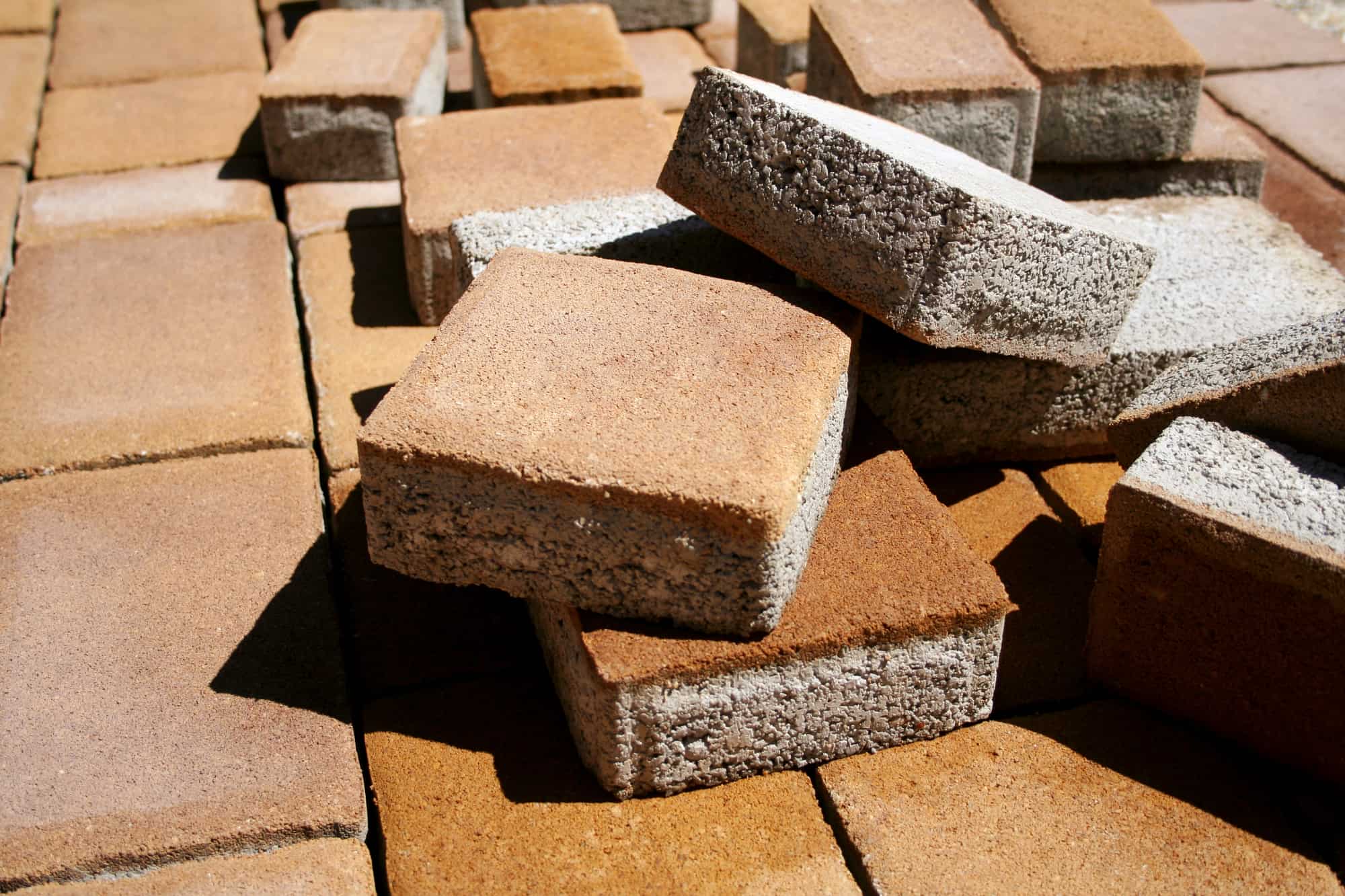


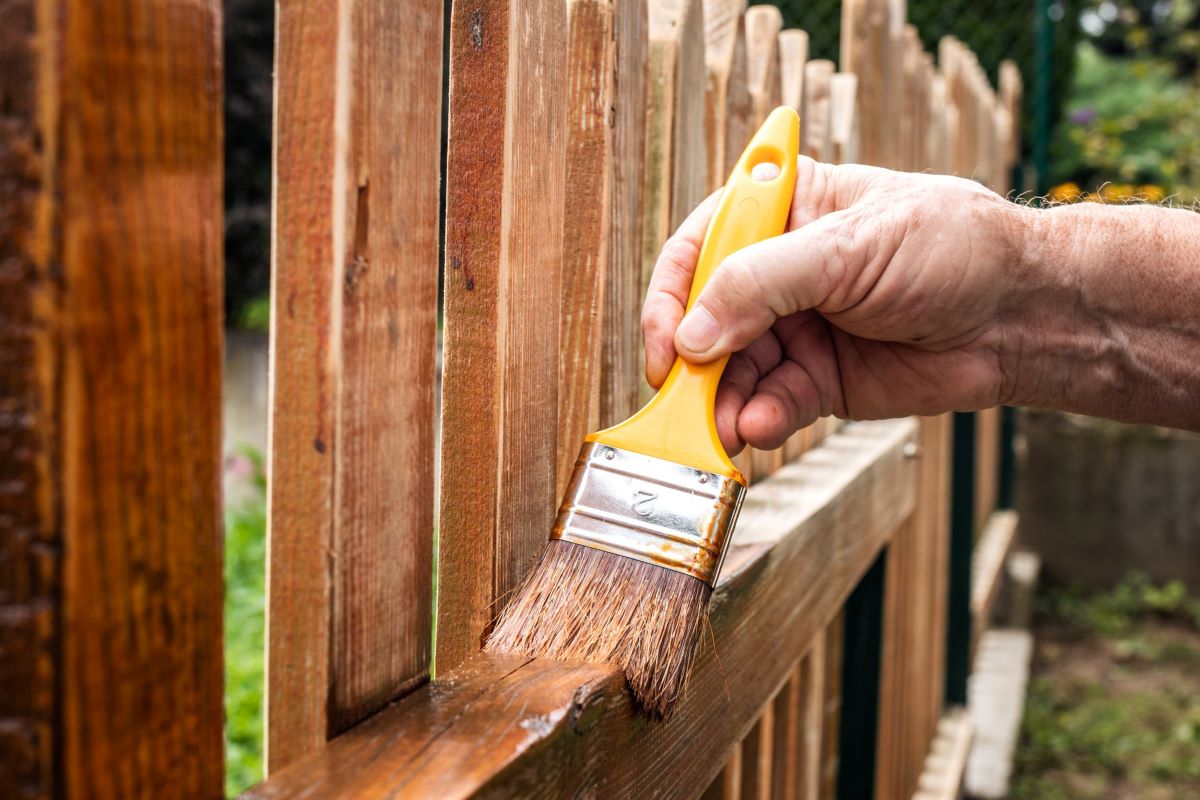
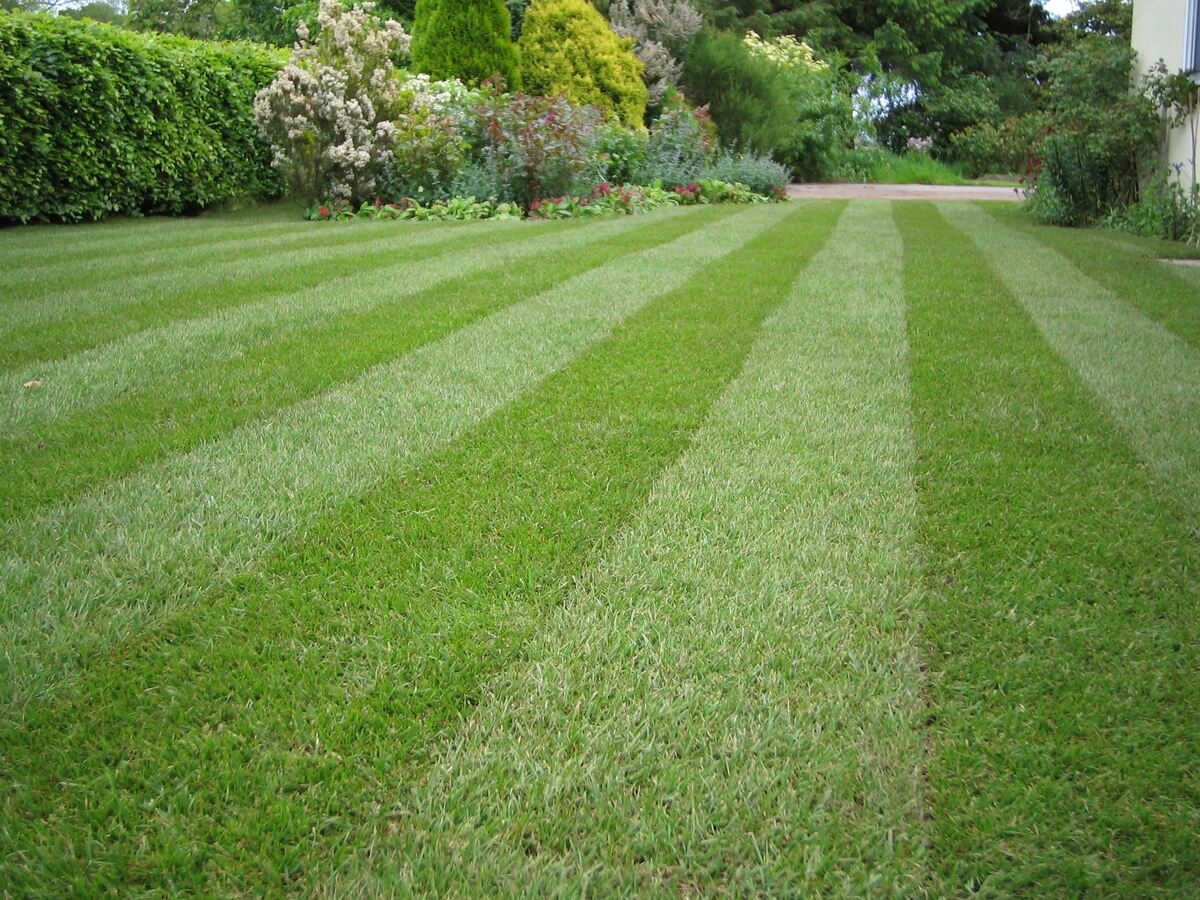
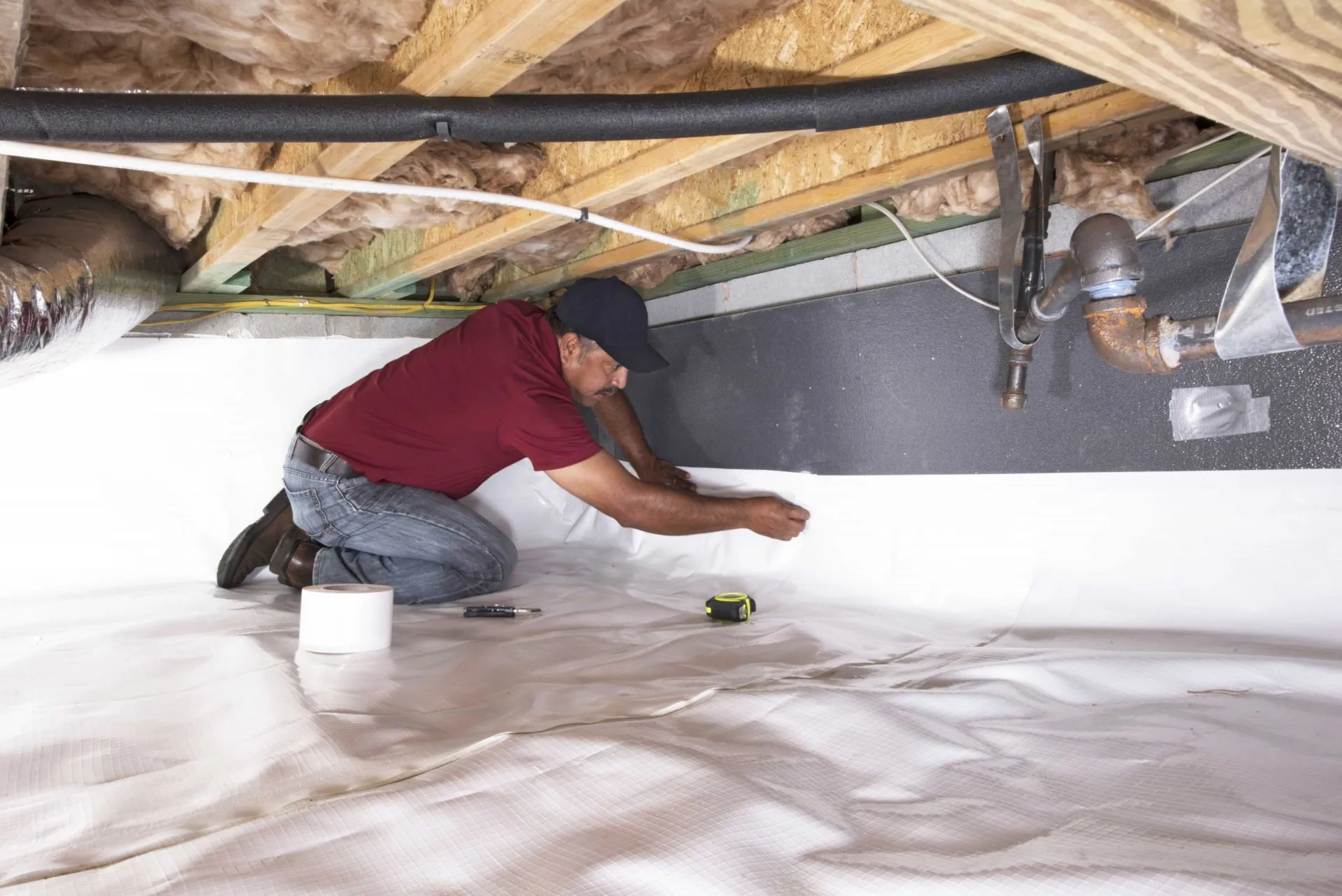
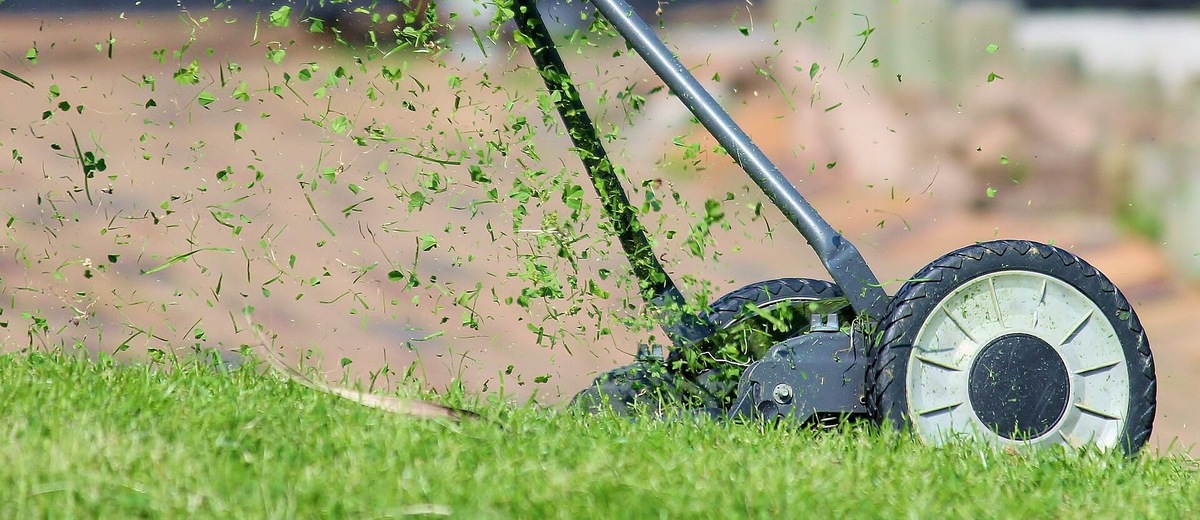
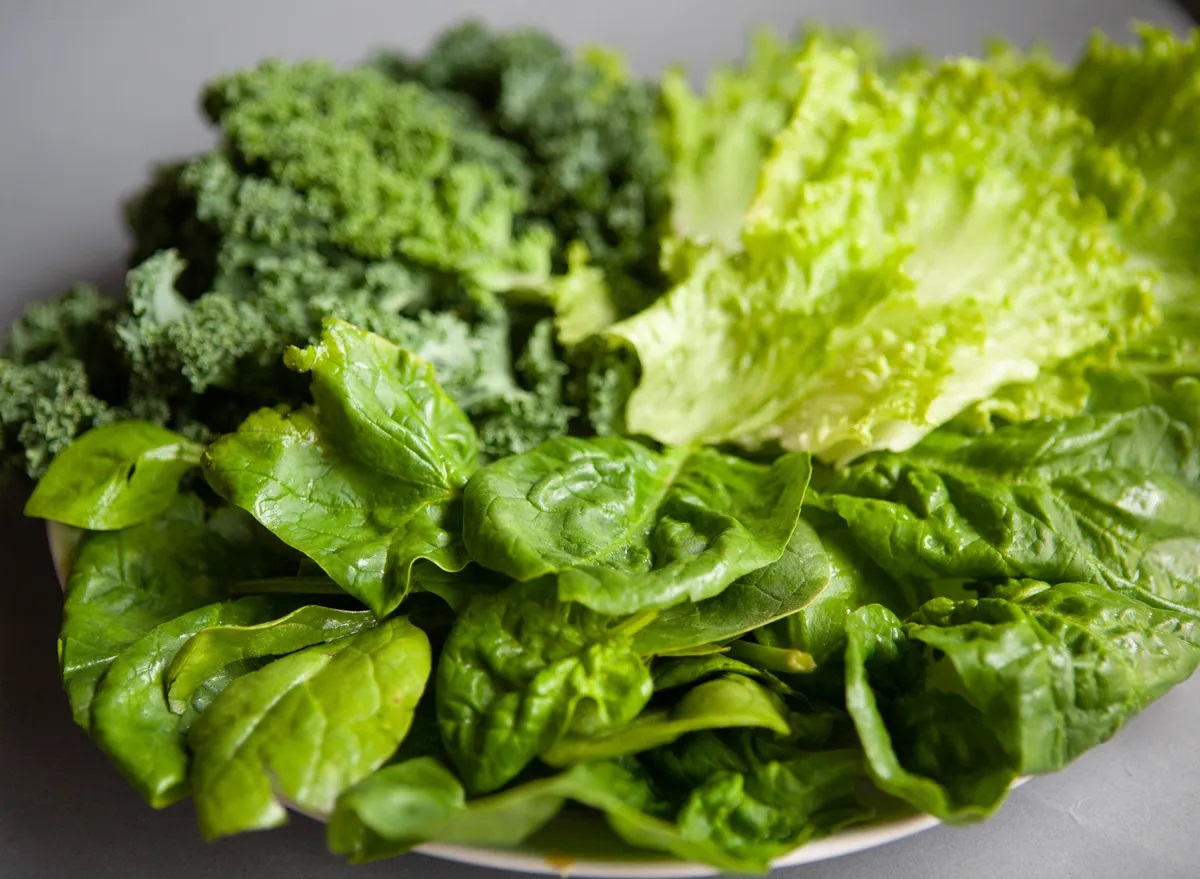
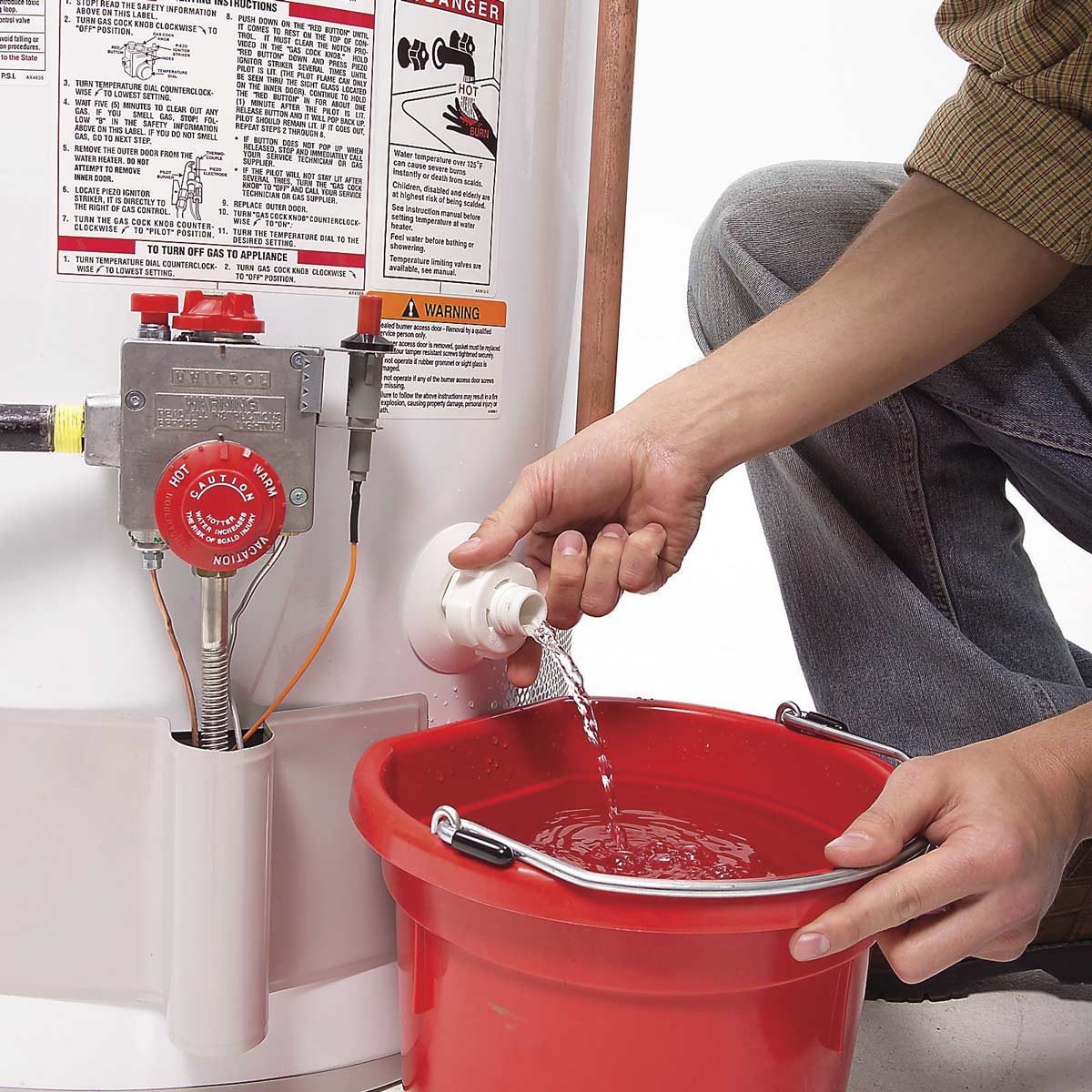

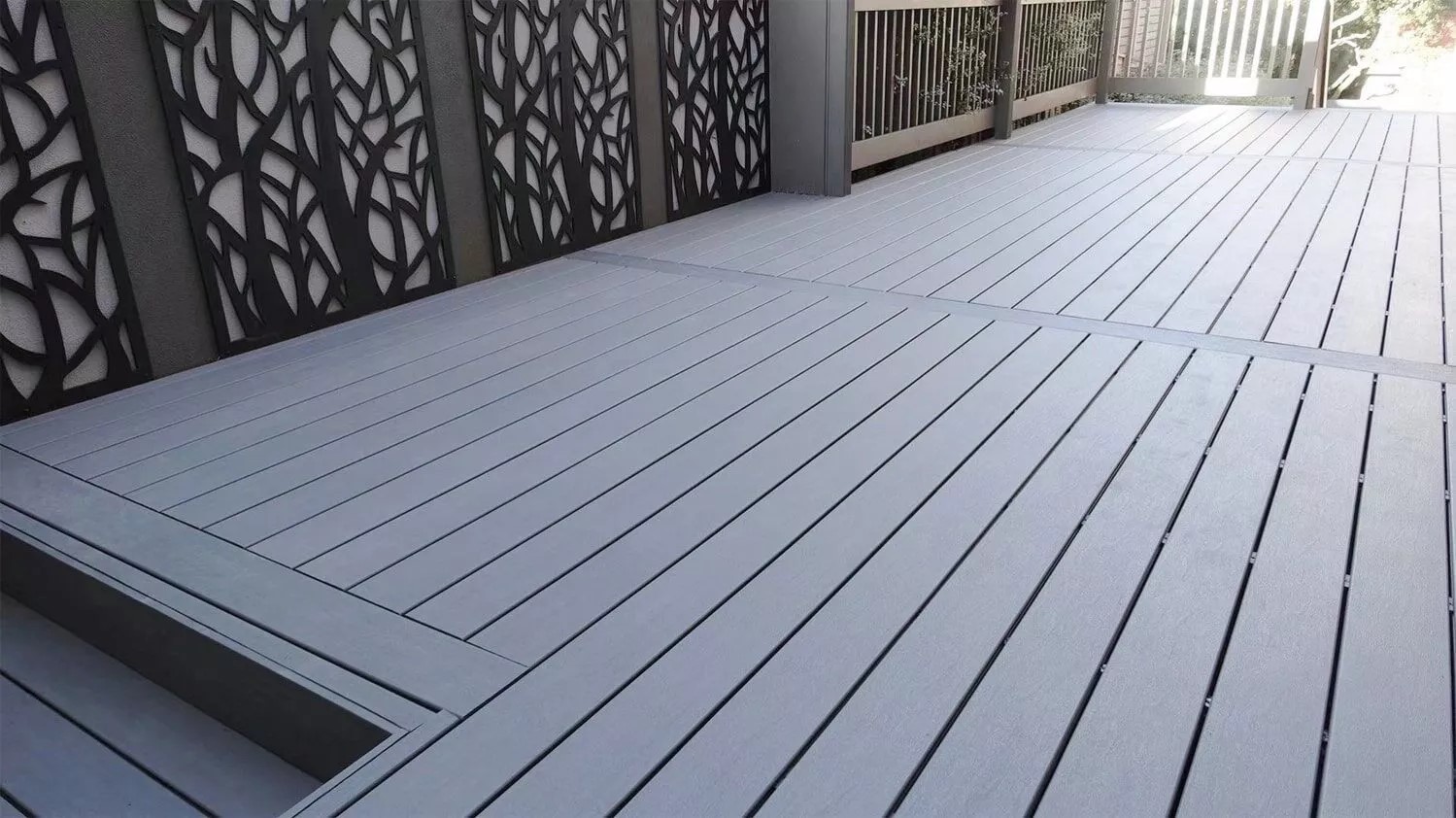

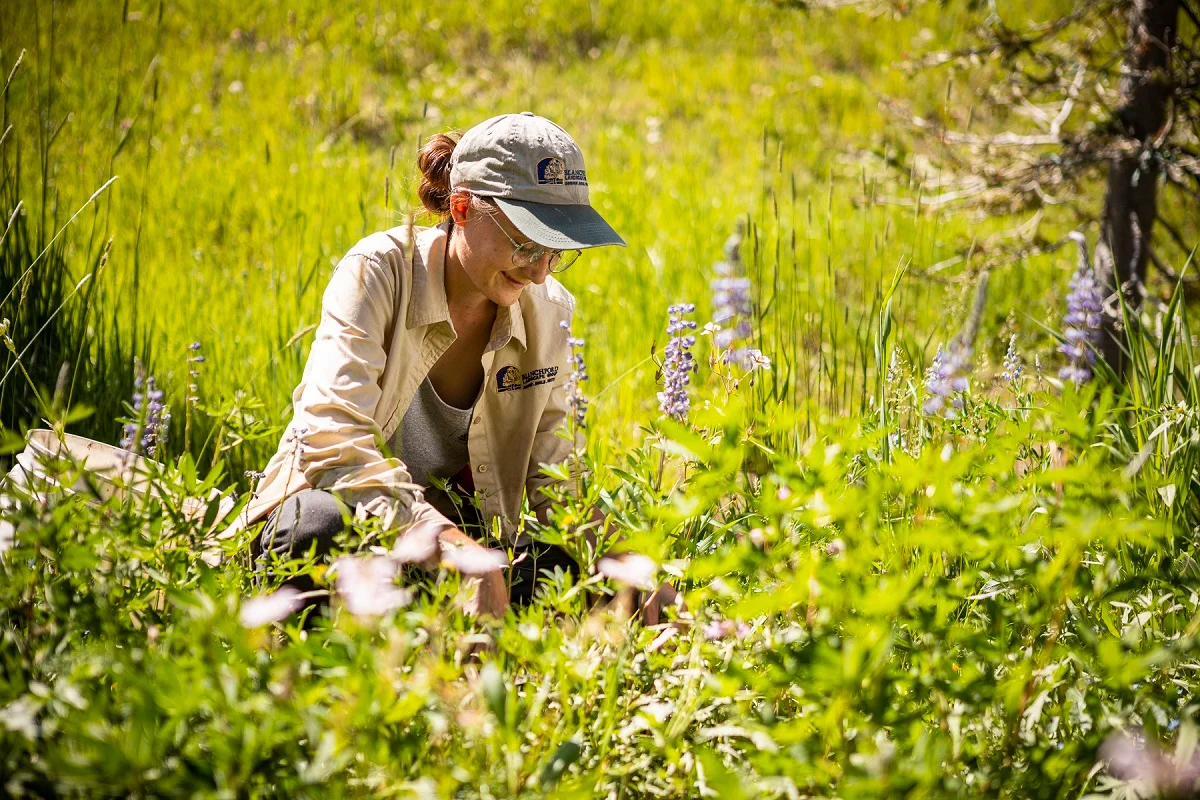

0 thoughts on “How To Maintain Vertical Garden”